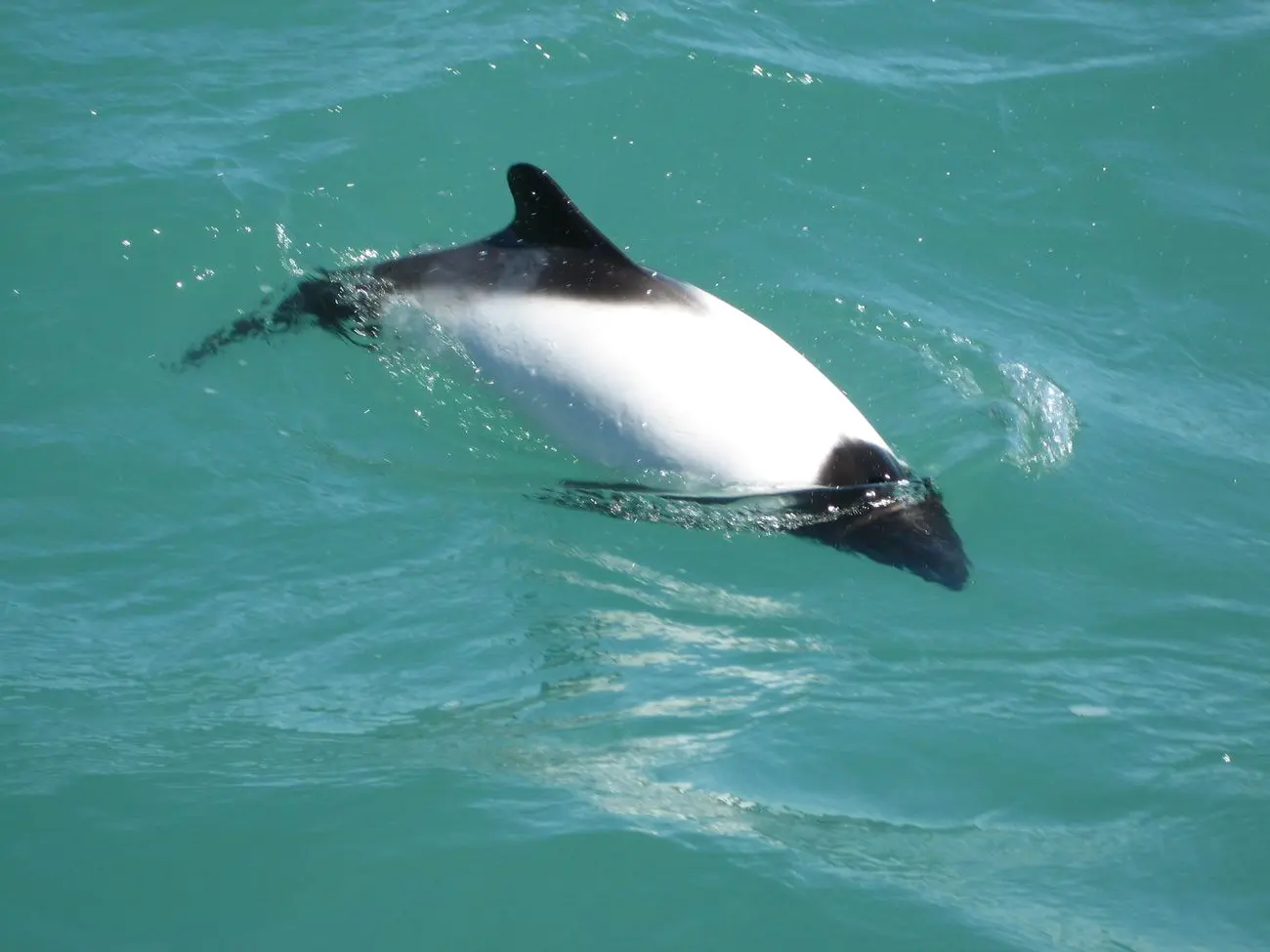Dolphins and toothed whales belong to the mammal family. Approximately, there are 42 dolphin species and 7 porpoise species which are gathered into six families: the oceanic dolphin family is by a long shot the largest with 38 individuals; the porpoise family has seven individuals; and there are four stream dolphin families, each containing only one animal categories in the world.

Most dolphins are small, measuring under 3 meters (10 feet) in length, and have spindle-shaped bodies, beaklike snouts (platforms), and basic needlelike teeth. A portion of these cetaceans are occasionally called porpoises, however, scientists like to involve this term as the common name for the six species in the family Phocoenidae, all of which contrast from dolphins in having gruff snouts and spadelike teeth. Commerson’s dolphin (Cephalorhynchus commersonii) is one of the cutest dolphins in the world. Let’s learn more about this amazing creature.

They were discovered by the French naturalist Philibert Commerson who gave it his name, Commerson’s dolphin or Cephalorhynchus commersonii also called the panda dolphin is the smallest cetacean of the Delphinidae species. These dolphins are strikingly black and white, small cetaceans tracked down in southern waters. They are social, often ride bow waves, swim topsy turvy, and chase fish.

Panda Dolphins? With its head that has no beak, its fins and tail of a beautiful black, and the remainder of its body completely white, it reminds us of the orca, yet its small size and its squat body make it look a little more like a porpoise. It can measure up to 150 cm and weigh somewhere in the range of 35 and 85 kg. Viviparous, it can be recreated from 6 years old and mates in spring or summer. Gestation lasts 11 months, and the Commerson’s dolphin brings forth only one baby. This happens only in deep water, so the baby can breathe rapidly on the surface of the water.

The Commerson’s dolphins are only six inches larger than the smallest dolphin species, the Hector’s dolphin. Commerson’s dolphins can reach a little north of five feet long and weigh 60-110 pounds with the females being somewhat larger than males. The contrast between the subspecies is the commersonii has a distinct white and black coloration while the kerguelenensis is more dark and light gray. They also have stocky bodies, adjusted flippers, and small beaks.

Where does the Commerson’s dolphin reside? 2 subcategories live 8000 km away from one another: The Cephalorhynchus commersonii, found in the super south part of America, Patagonia, and the Falkland Islands, benefit from coastal and pelagic fish that develop at sea yet additionally squid. The Cephalorhynchus commersonii kerguelenensis, which lives in the south part of the Indian Ocean around the Kerguelen Islands, eats crustaceans.

These beautiful dolphins can live alone or be part of a small unit. Indeed, even without a unit, these dolphins usually chase together, surrounding fish in a tight gathering, and then swimming through the masses to eat. Commerson’s dolphins have a little north of 100 teeth in total, consuming algae, octopuses, fish, and crustaceans. Their metabolism is so fast, that the Commerson’s dolphin should eat 10% of its weight each day. Commerson’s dolphins mate in September and February, having different partners to guarantee reproduction. The mothers bring forth one calf after 10-12 months. The calf is conceived gray, around two feet long, and weighing only 10-15 pounds! The calf will rely upon its mother’s milk for four months before eating strong food and eventually setting off on its own.

Commerson’s dolphins are known to be extremely social and playful. They can swim up to 7-8 miles each hour, often leaping out of the water and spinning in the air. These dolphins also ride the waves behind boats, breaking waves on the shore, or swimming topsy turvy. In any case, swimming topsy turvy may have more to do with increasing their visibility.

The IUCN lists Commerson’s dolphin as Least Concern in its Red List of Threatened Species.
Read also: In this flashy-painted fish, it looks like a character out of Avatar

